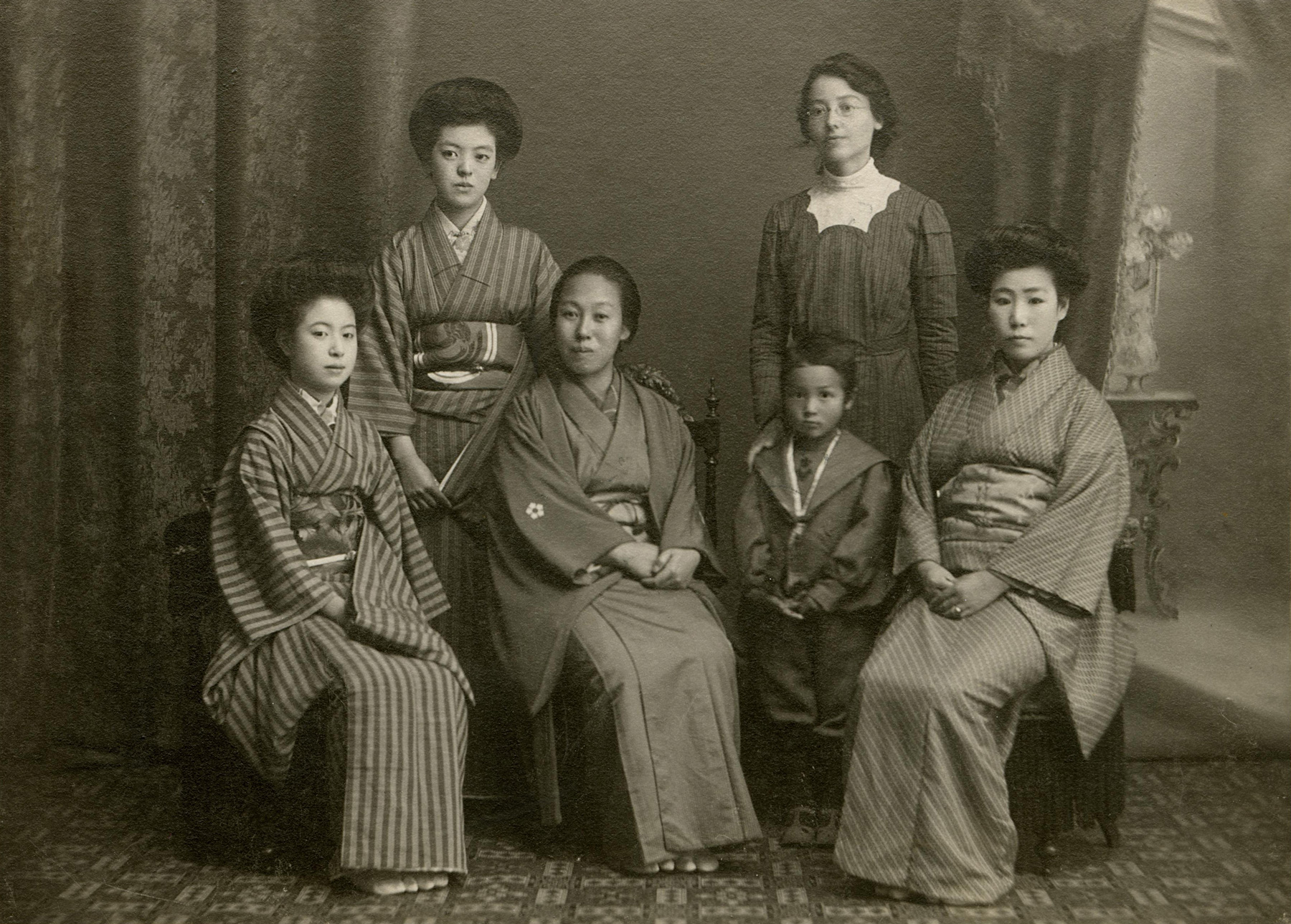One way to approximate an understanding of change as it is experienced by long-lived entities such as stone is to try to be still enough to experience the presence of the passage of time.
In these extended films of The Noguchi Museum (each between one and eleven hours long), the camera is fixed. What moves—under the influence of regular Noguchi collaborators like gravity, wind, the rotation of the Earth, and chance—are things like light and shadow, branches and leaves, birds, motes of dust, sound, and the feeling of being here.
As a “sculptural situation,” the Museum is an intentional hybrid of changing (organic) and supposedly unchanging (inorganic) things. Here, categories such as rock and birdsong, sculpture and tree canopy, the texture of cinder block and light on old brick melt and meld together. The careful reconsideration of sculpture, art, and being that these combinations produce—the essential enduring thing—is what Noguchi called his point of view. By making it available in the form of this “Garden Museum,” he hoped to provide direct experience that we all might use to make ourselves more site-specific to the scale of our existence.
But to communicate, much less effectuate, its operations at a distance—an especially ironic undertaking given that Noguchi conceived the Museum as a testament to empirical thinking and actual physical experience—is arguably not just impossible but criminal. Where would one even begin to digitize the Museum’s preternatural restless calm, or the invigorating sense of elsewhereness, otherness, and timelessness one feels here?


























